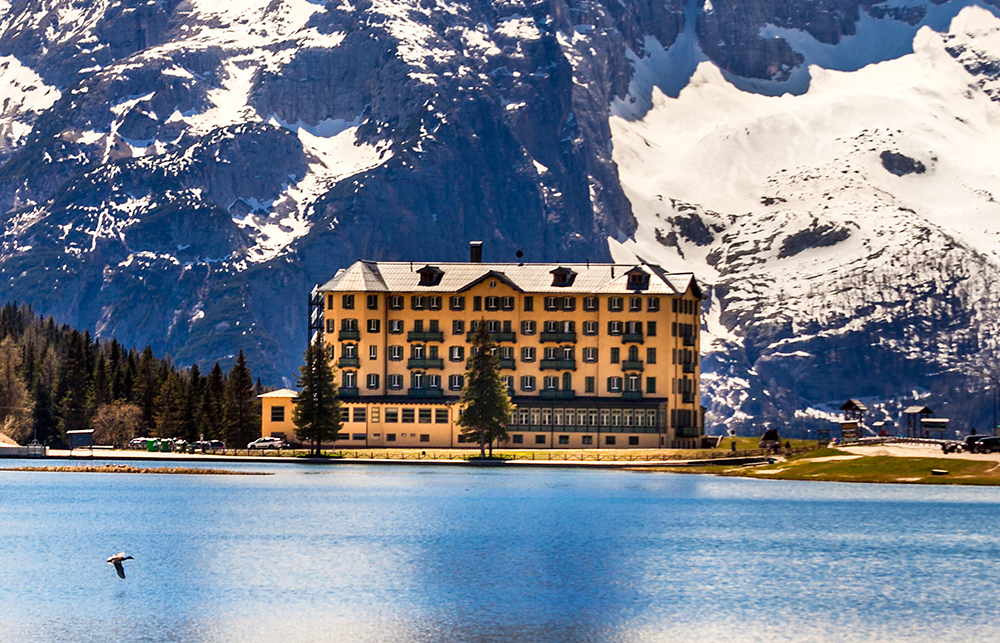In Johanne Lykke Holm’s neo-gothic novel Strega, Rafaela, claustrophobic in her parents’ ‘yellow’ and ‘dusty’ flat, dreams of working as a maid at the mountain-nestled Olympic Hotel. She luxuriates in a bath with a brochure, mesmerised by photographs of ‘girls in pearl-white aprons, girls eating ruby-red apples straight from the tree’. It’s a foreshadowing of the post-lapsarian limbo she is about to enter.
Rafaela arrives with eight other girls at the remote and unheimlich alpine hotel: the proportions seem ‘off’ and there’s a ‘smell of dust and water and burned hair’. Even the lake feels carnivorous, claiming lives every year. The book lies in the shadowlands of great gothic works such as Bram Stoker’s Dracula and Stanley Kubrick’s film The Shining and dons the cape of their classic motifs: the outsider in sinister surroundings. But it’s not nature the girls must fear, but red-blooded men.
The hotel is devoid of guests, but the girls still work like clockwork ghosts, making up empty rooms that ‘smelled of raw meat and red mould’.








Comments
Join the debate for just $5 for 3 months
Be part of the conversation with other Spectator readers by getting your first three months for $5.
UNLOCK ACCESS Just $5 for 3 monthsAlready a subscriber? Log in